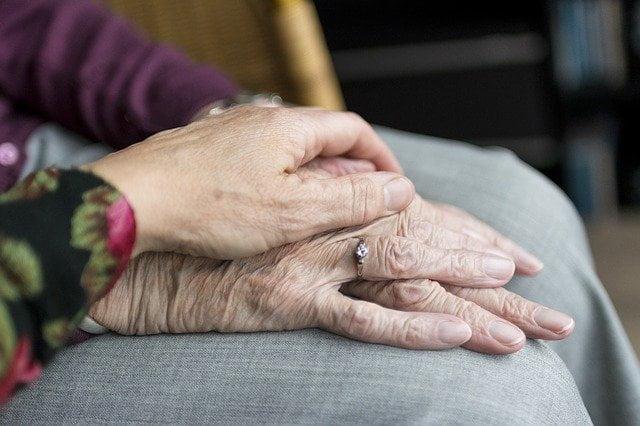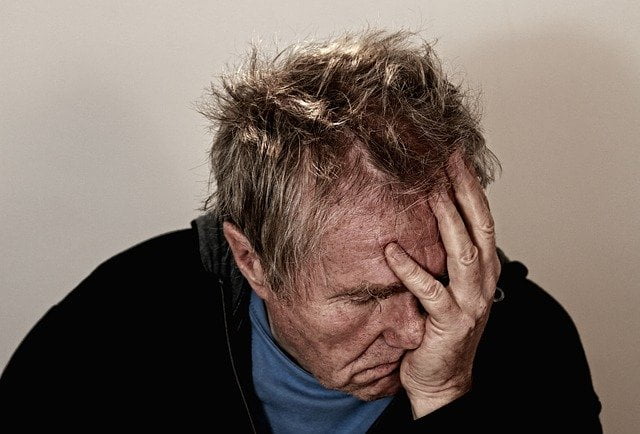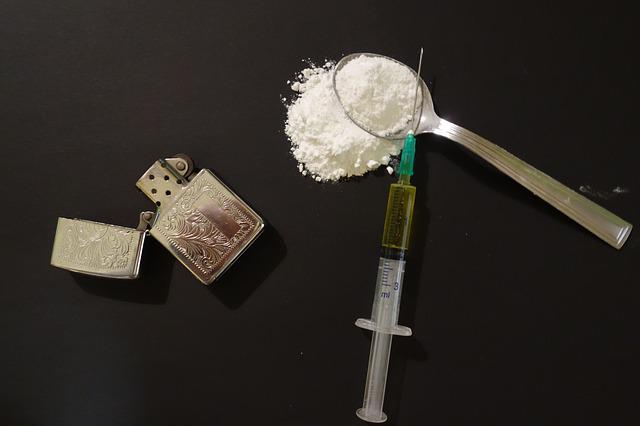- Home
- Types of Addiction
- Painkiller Addiction Help & Treatment
Painkiller Addiction Help & Treatment
Painkillers are everyday legal drugs which are prescribed to people by their doctors or bought freely at pharmacies and other stores.
However, the legitimacy of these drugs does not mean that they aren’t addictive, and it is often far too easy for people to develop a physical and psychological addiction to their painkillers.
This is especially the case for those who have “feel good” side effects such as elation or sleepiness.
What Are Opiates?

Opiates are a group of substances derived from opium, which in turn comes from poppies.
They are so-called because they interact with the opioid receptors in your brain, attaching to them, reducing pain and increasing pleasure.
This is what makes painkillers effective – but it can also make them dangerous, as opiates are addictive.
The feelings of pleasure that they create encourage repeat uses and once you begin to build up a tolerance, you’ll then start to experience withdrawal symptoms if and when your intake suddenly drops.
Always be careful with painkillers – manage your use of them and look out for the signs of addiction.
Signs And Symptoms Of Painkiller Abuse And Addiction

How can you tell if your painkiller use has spiralled into abuse?
Hazelden’s Quick Guide, Get Smart About Prescription Painkiller Abuse, describes 14 essential signs:
- Taking other people’s prescriptions, as well as or instead of your own
- Stealing your drugs or getting them from an illicit provider
- No longer using your painkillers as prescribed, especially if you don’t have that prescription anymore
- Needing painkillers in order to function or feel normal
- Getting painkillers from multiple physicians
- Not telling your doctor that you have a history of addiction
- Lying about your use and hiding it
- Driving under the influence of painkillers
- People in your life – such as friends, family or colleagues- being concerned about your use
- If a doctor tells you to stop and you can’t
- You spend a lot of time thinking about medication and where you’ll be able to get more of it
- Filling your prescriptions sooner than you need to and making excuses to your doctor
- Leaving or losing interest in activities you previously enjoyed because of your painkiller use
- Trying to rationalise your use, denying it or making excuses
But abuse is different to addiction – while abuse simply means using to an excessive or harmful extent, addiction is a disorder where you can’t stop yourself from using.
How To Avoid Painkiller Addiction

If they’re taken in moderation, the use of painkillers might not lead to addiction.
In fact, many people take them with no issues at all.
But there are a few precautions you should take to stop dependency from developing:
- Don’t take opioid painkillers without talking to your doctor
- Never take more than you’re prescribed
- If you’ve had any previous issues with addiction, try to avoid taking painkillers, or consider how you’ll handle the dangerous side of them if you do really need them
- Be on the lookout for the key signs of addiction, as mentioned above
Effects

Outside of damage to potentially any aspect of your life, the main effects of painkiller addiction are physical.
Depending on the severity of your addiction, they can include kidney damage, liver damage and seizures.
Withdrawing from painkillers also carries several risks, including seizures.
Painkiller addiction also has another unique and dangerous consideration: many people with painkiller addictions will be driven to buy pills online, meaning they often don’t know the contents of what they’re taking.
Withdrawal Symptoms For Painkillers

Withdrawal happens when your intake of drugs or alcohol suddenly drops.
Opioids are associated with a specific set of withdrawal symptoms, such as:
- Restlessness
- Insomnia
- Yawning
- Watering eyes
- Sweating
- Abdominal cramps
- Vomiting
- Diarrhoea
- Fever
- A high heart rate
- Hallucinations
- Seizures
These withdrawal symptoms can be avoided with a full detox at the start of your treatment, which we have more information on below.
The Link Between Painkillers And Heroin

As painkillers and heroin are both opiates, there’s an inevitable connection between the two.
Painkiller addiction can often act as a gateway drug, leading to heroin abuse and addiction.
In fact, one study from America’s Substance Abuse and Mental Health Services suggested that 80% of heroin addicts started off by abusing painkillers.
Heroin is the more potent of the two, but painkiller addiction can have a devasting impact too.
Motivational Interviewing

Motivational interviewing is a form of counselling often used to treat painkiller addiction, as well as various other issues.
It uses a series of non-judgmental questions to motivate patients to recover – its five key principles are developing discrepancy, expressing empathy, avoiding arguments and confrontations, adjusting to client resistance and supporting a client’s self-efficacy and optimism.
MI is a lot less confrontational than other kinds of counselling: participants lead their own recovery, taking on an active role.
William R Miller and Stephen Rollnick summarise the main concept behind motivational interviewing very effectively in their 1991 book Motivational Interviewing, Third Edition, saying:
“MI is designed to find a constructive way through the challenges that often arise when a helper ventures into someone else’s motivation for change.
“In particular, MI is about arranging conversations so that people talk themselves into change, based on their values and interests. Attitudes are not only reflected in but are actively shaped by speech.”
Cognitive Behavioural Therapy And Dialectal Behavioural Therapy

Cognitive Behavioural Therapy and Dialectal Behavioural Therapy use the same model but focus on different issues.
The main principle of both is breaking your problems down into small, manageable chunks.
This is mostly done by talking to a councillor, who will teach you various techniques.
Cognitive Behavioural Therapy does this specifically for toxic thinking and behaviour patterns, while Dialectal Behavioural Therapy puts the focus on controlling your emotions.
The most important aspects of this process are becoming aware of toxic patterns, learning and practising new behaviours and identifying specific problems in your daily life.
Both of these are particularly important when discussing addiction, as they can cause you to spiral if they’re left unchecked, potentially leading to relapse.
The Phases Of Painkiller Addiction Treatment

When looking into treatment for any addiction, the first thing you should do is research research research!
Find out everything you can about treatment options, the places you’re considering going, the specifics of your addiction and your situation.
Although we can guide you through treatment, it’s very important that you have a good base of knowledge going in.
Try and contact every organisation you’re considering recovering with for advice.
They should be able to give you specific advice on where to go next.
It may change depending on your specific situation (especially with regards to detoxes), but addiction treatment generally happens in three stages from there:
Detox

In a detox, which is needed in a physical addiction like painkillers, your intake will slowly be reduced to avoid often dangerous withdrawal symptoms.
This can be completed at home or in a residential space, but in both scenarios it’s very important that this is done in a professional, supported context.
Detoxing completely alone is unlikely to work and could even become deadly if you end up with symptoms like seizures.
Rehabilitation

Then, after we’ve got you past the dangerous physical part of your addiction, we’ll move on to focus on your mental health in the rehabilitation stage.
There, various mental health treatments may be used, including:
- CBT
- DBT
- Motivational Interviewing
- Group therapy
- Support groups
- Holistic therapies such as art and music
You should always check what the place you’re going to has to offer, as different organisations may focus on different things.
Aftercare

Finally, we’ll help you to transition into your new, drug and alcohol-free life, through continual treatment.
Your service provider will check in frequently with you for up to 12 months after you leave, helping to make sure you stay on track with your newfound sobriety.
Get Help For Painkiller Addiction

Finding the right treatment service that can help you live free from painkiller addiction is often a complicated and time-consuming process.
If you need urgent help and are finding the wide variety of treatments on offer overwhelming, that’s where we come in.
Our painkiller addiction treatment assistance gives you:
- A free help and evaluation service to help you choose
- Guidance on the best treatment options for your circumstances
- Assistance in picking out the most cost-effective options
- Information on quality of care, best clinical practice and more
- Complete clarity so you can make the right choice for your treatment
Call today in complete confidence on 08000 886 686 to take your first steps on the road to a happy and healthy new life.


